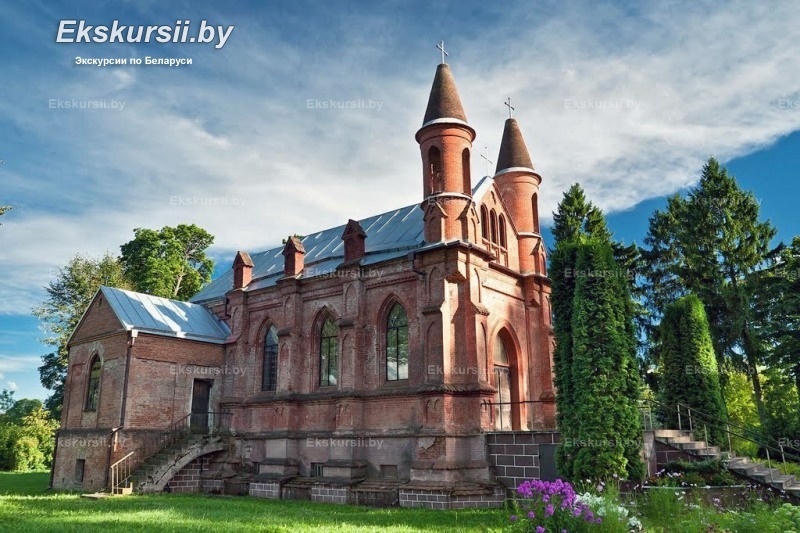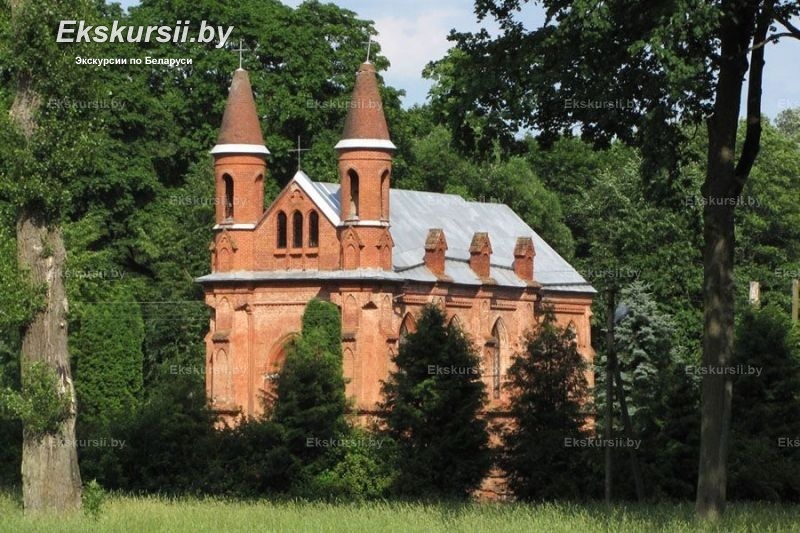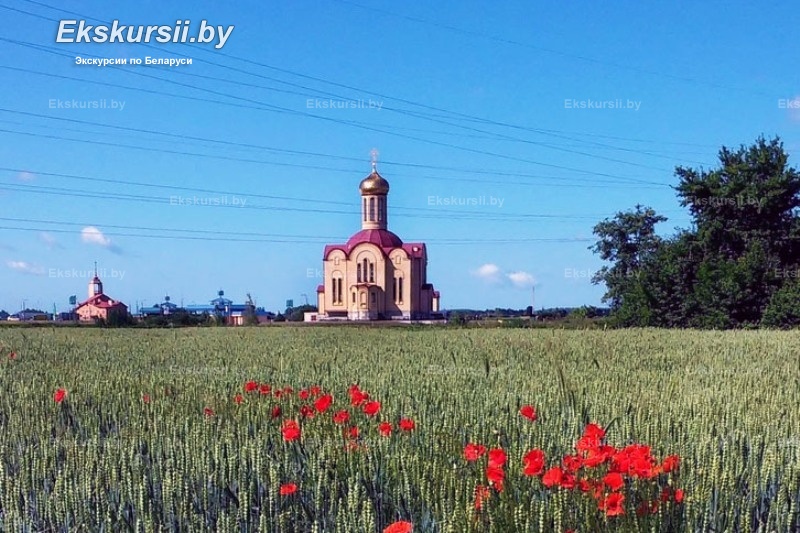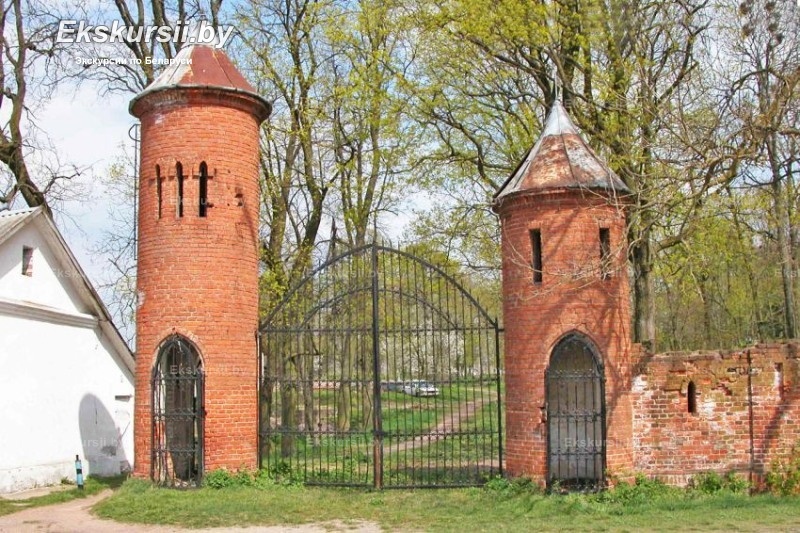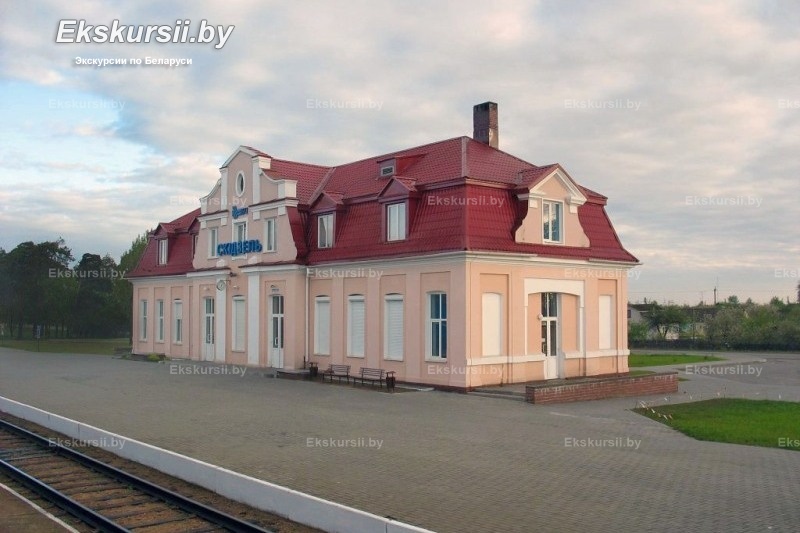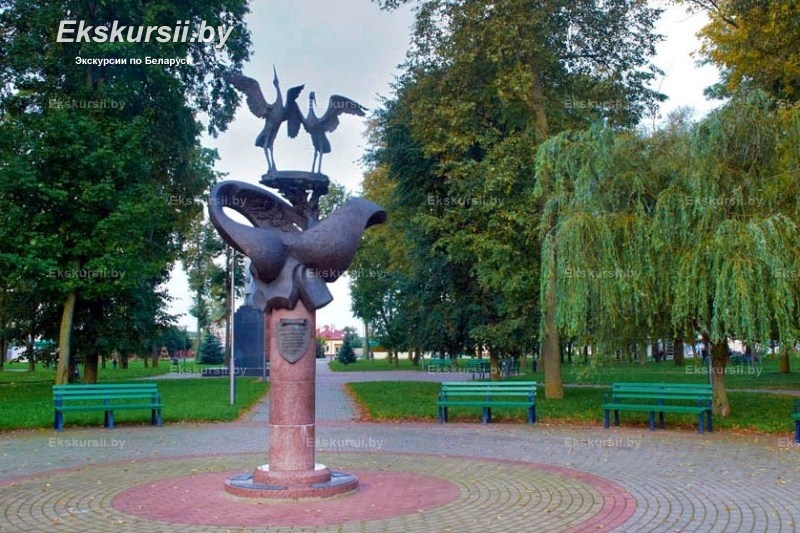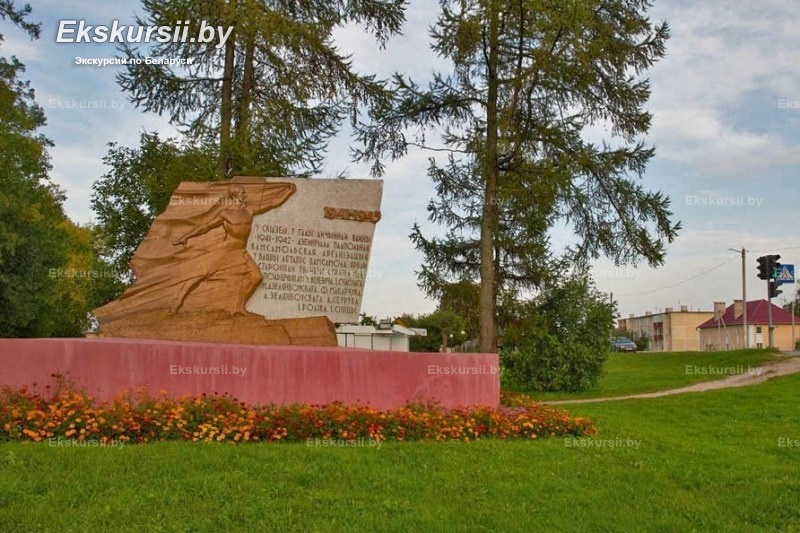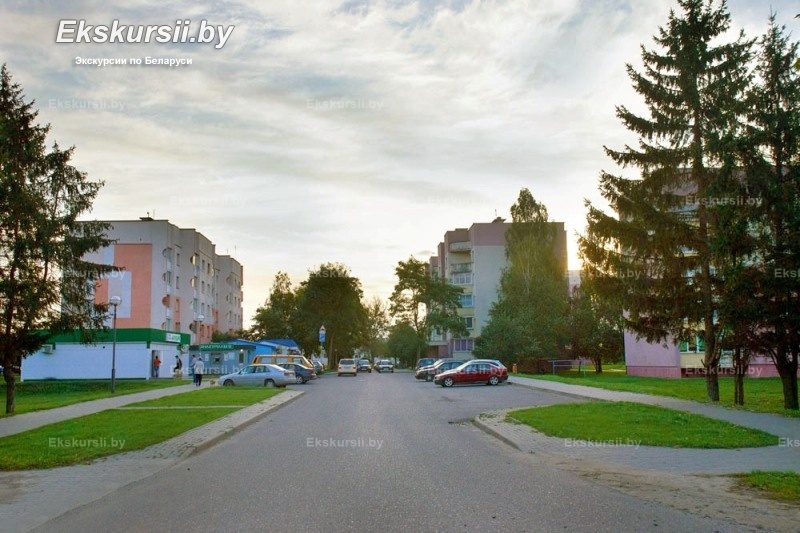History of the development
In written sources Skidziel was first mentioned in 1508 as a grand-ducal court in the Grodno region of the Grand Duchy of Lithuania. For a long time, the city was owned by the Radziwill family. From 1588 the royal court was located in Skidel. According to the decree of the king and grand duke Vladislav Vaz, from 1644 Skidel was allowed to hold 2 fairs and tenders annually 2 times a week. In 1706 Skidziel was completely ravaged by the forces of the Swedish king Charles during the Northern War.
As a result of third partition of the Polish-Lithuanian Commonwealth in 1795 Skidziel became part of the Russian Empire. During the 1920s and 30s, Skidziel was part of the interwar Polish Republic. In 1939 Skidziel became part of BSSR, where on January 15, 1940, it received the official status of an urban-type village. During the Great Patriotic War in the period from June 27, 1941 to July 14, 1944, the urban village was under German occupation. On January 30, 1974 Skidziel received the status of city.
Tourism potential
Despite its small size, Skidziel has preserved many attractions that will impress the guests of the city. In the past, the city had the princely estate of the Antonovich-Chetvertinsky, from which only the manor park, the neo-Gothic Church of the Assumption of the Virgin Mary, the water mill, the gate, and a number of residential and farm buildings were preserved.
Among other attractions of the city is also worth noting the train station built in the early XX century, which still continues to play an important role in the life of the city. The yeshiva (Jewish religious school) of the early XX century has survived to the present day. Also in Skidziel, the church St. Michael the Archangel of the middle of the XIX century has been preserved.
The city also has several temples erected at the turn of the XXth and XXIst centuries - the Church of St. Quadric the Artisan and the Church of the Holy New Martyrs and Confessors of the Land of Belarus.
The main symbol and city-forming enterprise of the city is the Skidziel Sugar Refinery, thanks to which Skidziel received the fame of the «sweetest» city of the republic.
